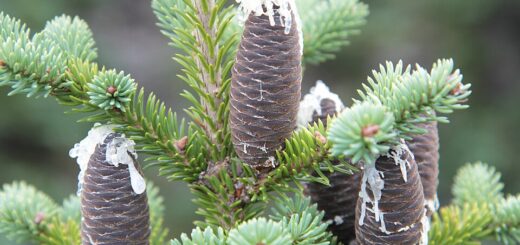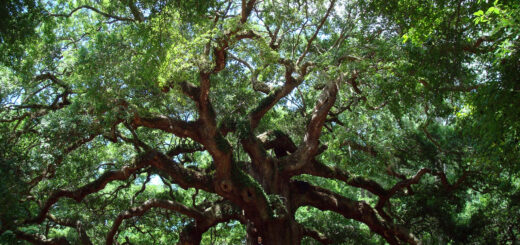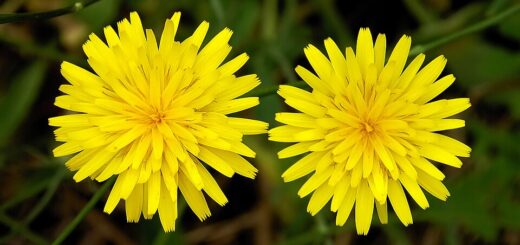Mountain Avens – The Hardy Beauty of the High Alpine
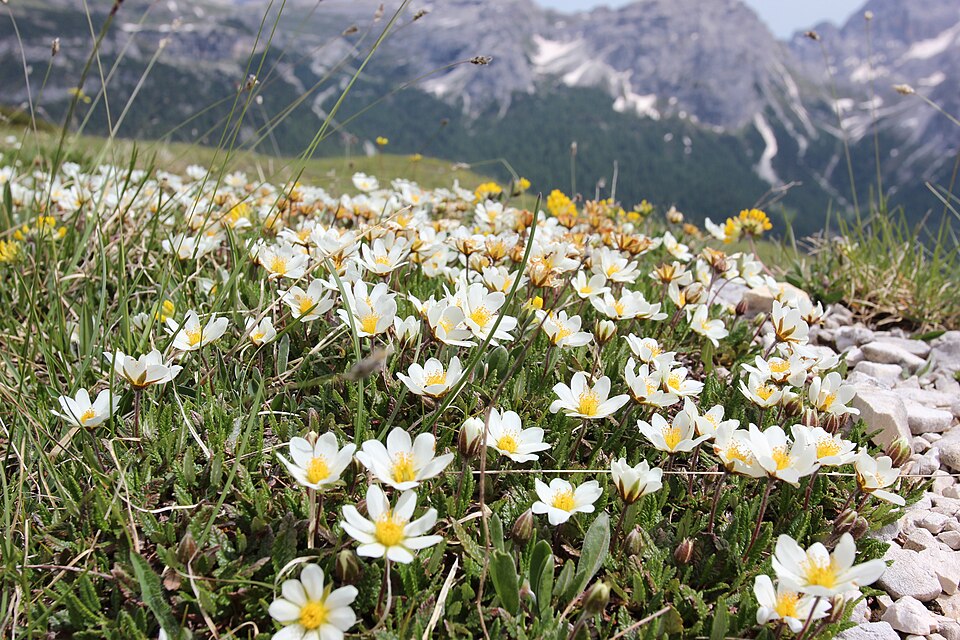
If you’ve ever hiked through a rugged alpine tundra or wandered across a windswept moor, there’s a good chance you’ve stumbled across a humble yet striking little flower known as Mountain Avens. With its creamy white petals, fuzzy silver foliage, and uncanny ability to thrive in some of the harshest environments on earth, this plant is a true symbol of resilience and natural elegance.
Meet the Mountain Avens
Mountain Avens, also known as eightpetal mountain-avens, white dryas or white dryad, scientific name: Dryas octopetala, is a low-growing, mat-forming perennial that’s part of the rose family, though it looks more like a wildflower than your typical garden rose. It’s native to arctic and alpine regions across Europe, North America, and parts of Asia. This plant is especially beloved in places like the Scottish Highlands, the Canadian Rockies, and the high tundra zones of Scandinavia and Iceland.
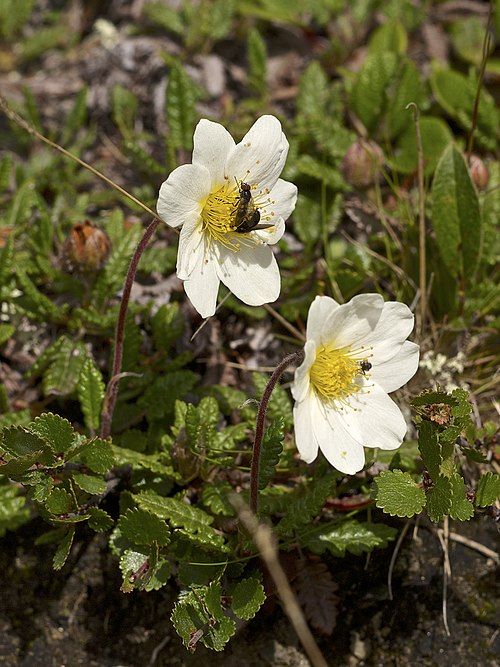
Mountain Avens (Dryas octopetala), Grimsdalen, Rondane National Park, Norway – Creative Commons | Author: Jörg Hempel – Source: https://commons.wikimedia.org/wiki/File:Dryas_octopetala_LC0327.jpg
Why It’s Special
One of the most fascinating things about Mountain Avens is how it’s built to survive. This plant is a master of adaptation:
Cold-Resistant: It can tolerate freezing temperatures and thrive in rocky, nutrient-poor soil where few others can survive.
Sun-Lover: Despite growing in cold climates, it seeks out sunny slopes and open areas, soaking in all the warmth it can get.
Pollinator-Friendly: Its bright white petals and central cluster of golden stamens are like neon signs for bees and other hardy alpine pollinators.
And here’s a cool fact: Dryas octopetala is actually a national flower of Iceland and was a key “indicator species” used by scientists to study past glacial activity in Europe during the last Ice Age.
In Bloom
Typically, Mountain Avens bloom in late spring to early summer, depending on the elevation and latitude. The flowers have eight (sometimes more) creamy white petals, each about 2–3 cm wide, radiating out from a fuzzy yellow center. When the flowers fade, they leave behind whimsical, feathery seed heads that catch the light and the wind, like tiny dandelion fireworks.
Ecological Role
Aside from being eye candy for hikers and a symbol of alpine ecosystems, Mountain Avens play an important role in stabilizing soil and providing ground cover. Their roots help prevent erosion in fragile alpine environments. Plus, they offer habitat and food for insects and other small wildlife that call these stark regions home.
Growing Your Own
Mountain Avens can be cultivated in rock gardens, alpine beds, or containers, if you can recreate the right conditions. They need:
– Full sun
– Well-drained, gritty soil
– Cool temperatures (don’t try growing them in tropical heat!)
– Patience—they grow slowly, but they’re worth the wait.
Mountain Avens Quiet Strength and Subtle Beauty
Mountain Avens may not be the flashiest flower on the mountain, but there’s something deeply inspiring about its quiet strength and subtle beauty. It’s a living reminder that resilience can be elegant, and that some of nature’s most breathtaking wonders are found in the most unexpected, unforgiving places.
So next time you find yourself hiking in the highlands or traversing a tundra trail, keep an eye out for this tough little flower, you might just find yourself a new favorite.
References:
https://en.wikipedia.org/wiki/Dryas_octopetala

